
Verified Twitter accounts share fake image of 'explosion' near Pentagon, causing confusion
A fake image purporting to show an explosion near the Pentagon was shared by multiple verified Twitter accounts on Monday, causing confusion and leading to a brief dip in the stock market. Local officials later confirmed no such incident had occurred.
2023-05-23 03:50
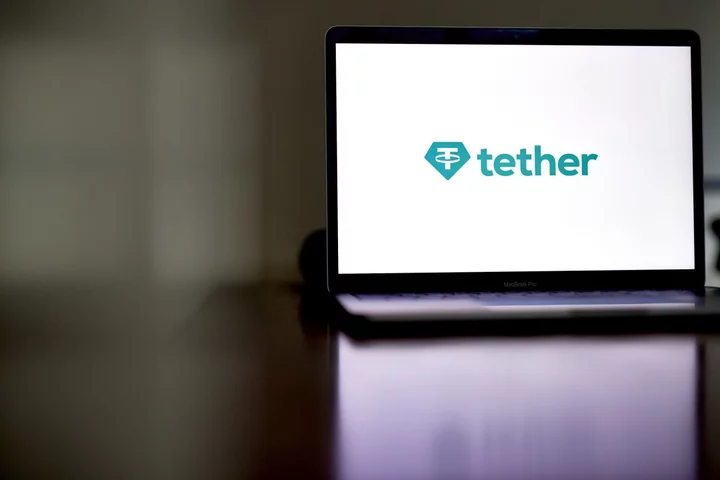
Tether’s Growth Is Defying a Trading Slowdown. That’s Adding to Its Appeal
Tether’s ability to increase its market capitalization while crypto trading volume remaining lackluster is adding to the ambiguity
2023-05-23 03:18
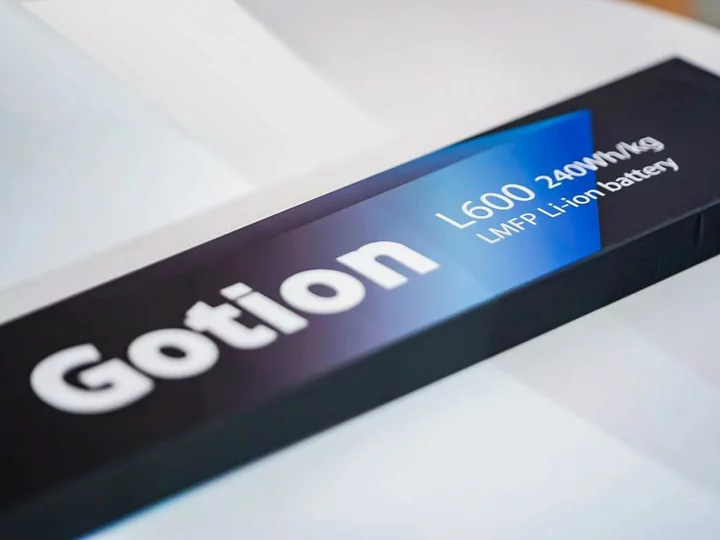
Electric car range set to double to 1,000km with first production of breakthrough battery
A battery startup is aiming to be the first company in the world to mass produce electric vehicle batteries with a range of 1,000km – roughly double the current standard. China-based Gotion High Tech, which is a supplier to Volkswagen, unveiled its new L600 LMFP Astroinno battery at its annual technology conference, claiming that mass production will begin in 2024. The lithium-manganese-iron-phosphate (LMFP) battery has already passed all necessary safety tests, the company said, and has a life cycle of 4,000 charge-discharge cycles – making it suitable for everyday electric cars. The 1,000km range from a single charge gives the battery a potential lifetime range of 4 million kilometres, far exceeding the average lifespan of a car. Its single-charge range is also equivalent to records set by customised electric prototypes, such as the Mercedes-Benz Vision EQXX that broke a range record by travelling from Germany to the UK on a single charge last year. It took 10 years of in-house research to make the technology commercially viable, using new electrolyte additives and state-of-the-art technology to overcome previous issues with this type of battery. Until now, LMFP materials have suffered low conductivity, low compaction density and manganese dissolution at high temperatures, meaning they were too inefficient and unwieldy to use in EVs. Despite these challenges, the enormous potential of the technology has drawn the attention of researchers and industry watchers. “In recent years, lithium iron phosphate (LFP) technology has regained the recognition of the market with market share continuing to increase,” said Dr Cheng Qian, executive president of the International Business Unit of Gotion High-Tech. “Meanwhile, the energy density growth of mass-produced LFP batteries has encountered bottlenecks, and further improvement requires an upgrade of the chemical system, so [our system] was developed.” The company also made other breakthroughs with the battery’s design, which reduced the number of structural parts by 45 per cent and lowered their weight by nearly a third. Wiring for the battery pack has also dropped from 303 metres to just 80 metres thanks to the innovative design. It is not clear which vehicles the battery will first appear in, though Gotion High Tech is planning a $2.3 billion battery factory in the US. Read More Solar panel efficiency to increase 50% with first production of ‘miracle’ tandem cells Apple is making a ‘mixed reality’ headset. Here’s what that future might look like WhatsApp will let people change messages after they are sent ‘RIP photoshop’: New AI can alter any photo with the click of a mouse
2023-05-23 03:15
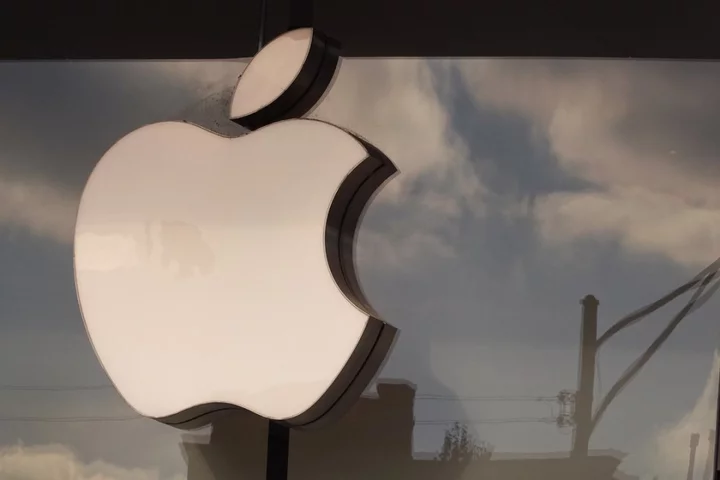
Apple’s ‘mixed reality’ headset: What could the future look like through new VR glasses?
In a couple of weeks, at its annual Worldwide Developers Conference, Apple could be set to reveal one of its most important and risky products ever: a whole new way of seeing the world. The “mixed reality” headset is still a secret and a mystery. Though it has been strongly rumoured, it still might never arrive; it would certainly not be a surprise if it did not turn up at that WWDC event, though it would be something of a disappointment given how many whispers there have been. But whether it arrives now, later or never, Apple’s headset has been in the works for years. And clues to what it might look like – or what the world might look like through it – are already sprinkled through the company’s other products and apps. Rumours of how the headset will look have suggested it might be something like ski goggles, with cameras mounted on the outside and a precise screen on the inside, borrowing some of the design language of the Apple Watch; eventually, that is expected to morph into something less like a virtual reality headset, and more like glasses with a screen that will blend into normal life. We have a lot of clues about what the mixed reality experiences that Apple wants people to see through it will look like. That’s because Apple and its executives have frequently discussed the uses of augmented reality in public, even as the hardware has stayed a tightly protected secret. Apple’s work on a kind of headset is thought to have been ongoing since 2016, though what exactly that headset was rumoured to be has shifted over the years. The main rumours have coalesced since then into work on a “mixed reality” headset: something that would use cameras to show a picture of the real world inside a headset strapped to users face, and sensors and software to overlay virtual objects on that real world. In 2017, Tim Cook spoke to The Independentabout the importance of augmented reality. At that point, he was talking primarily about the iPhone and iPad, and how their cameras, sensors and screens could be used to layer virtual objects on top of the real world. It was clear even then that Apple really planned to include it in some sort of glasses or goggles, however. Asked at the time, Mr Cook pointed to “rumours and stuff about companies working on those” and declined to discuss Apple’s plans, but he said that the “technology itself doesn’t exist to do [devoted hardware] in a quality way”. “The display technology required, as well as putting enough stuff around your face – there’s huge challenges with that,” he said then. “The field of view, the quality of the display itself, it’s not there yet,” he added, saying that Apple doesn’t “give a rat’s about being first” and would not launch anything until it was satisfied. In the time since, Apple has seemingly been working very hard to get satisfied with that technology. It appears to be paying off: last week, virtual reality pioneer Palmer Luckey, who created Oculus and then sold it to Meta, suggested that he had seen an early version of the headset and that it was “so good”. Morsels of unclear and uncertain information like that are all we have to go on about the headset, which has not really been leaked in any definitive form even as rumours suggest it is just weeks from launch. But if the hardware is unknown, Apple’s plans are not so mysterious. That is because Apple may already have been quietly planning for the metaverse – or something like it, given that the company may be unlikely to adopt a term that has been soured both by the mixed reaction to “Web 3.0” and Facebook’s attempt to co-opt it by changing its name to Meta and re-orienting the company around it. Apple will probably avoid much of that branding, since it has quickly become attached to a kind of hype and boosterism that it tends not to associate itself with. It also usually likes to make up its own terms – and recent trademarks have included filings for “xrOS”, which may be the branding for the operating system that powers the headset. But those early experiments in the metaverse do already show some of the ways that Apple might be imagining us interacting with its new headset. The most obvious comparison is with the Oculus headsets that are now developed by Meta. Those have focused more on virtual reality than augmented reality; Meta has been interested in creating whole new digital worlds, rather than overlaying virtual objects on the real world, like Apple seems to be interested in. But the use cases may be the same, and Meta has focused on applications such as business meetings, where people can sit around a real table and discuss things, as well as VR games such as the hugely popular Beat Saber, where people try and strike objects with a sword in time to a beat. Apple has in recent years been more focused on the quality of interactions with devices, and has actually encouraged users to spend less time on their devices and more time being active. As such, it might not opt for mixed reality experiences that leave people cooped up inside the headset, and might instead be more outward-looking. As such, Apple might still focus on meetings, but would presumably use its augmented reality technology to add virtual people onto real rooms, rather than stuffing them in computer-designed spaces. And it might focus more on people’s interactions with the real environment by, for instance, allowing people to see their messages or directions as they move around, a version of which is already experienced by people who wear the Apple Watch. Apple has already offered a host of technologies aimed at making it easier for developers to include augmented reality in their iPhone and iPad apps. In 2017, when Cook made those tantalising comments about a possible headset, he was actually showing off uses of those frameworks: in the app Night Sky, for instance, which overlays virtual images of the constellations on top of real camera views of the stars. The company makes that technology possible with a range of systems, in both its hardware and software. That hardware includes the cameras, of course, but also the LiDAR sensor in some iPhones and iPads that allows for precise scanning of the environment; the software is most obvious in the form of ARKit, which does the heavy lifting of understanding the world around a user so that developers can just place their virtual objects into it. Since then, developers such as Ikea have used that to offer the option to drop virtual furniture into a real room to see how it might fit, for instance. Other apps such as 3D Scanner harness those sensors to allow people to easily create virtual views of those rooms as if they are in a video game. But the most telling way of guessing what Apple’s plans for the headset are can be found in its own technology. Apple has been quietly creating a whole world of apps that appear to be ready for mixed reality, hidden in plain view. One of them is Memoji, which are cartoon versions of people that can be used as stickers to react to messages or as profile pictures within messages. Apple has leaned on them heavily in recent years, using them as decorations in its presentations, for instance. At the moment, they are just a fun picture. But it’s very easy to imagine how they could instantly be used as avatars for people in virtual environments. If people are to participate in virtual meetings through their headsets, then other participants in that meeting will need to appear in some form, and current versions of those environments such as Meta’s Horizon Worlds rely on cartoonish drawings of people rather than realistic depictions. Apple already has those ready to go – many iPhone owners might already have created their virtual avatar, without even realising it. Aside from meetings, one of the most discussed use cases of mixed reality is in finding directions. A person might be walking up to junction, for instance, and see a virtual signal telling them to turn left overlaid on the real road that they need to start walking down. Apple has been putting the foundations of that kind of technology in place for years. It launched Apple Maps in 2012 and in the time since has been working to integrate it with the real world: collecting detailed 3D information about the world, for instance, so that it can show accurate and precise virtual models of real buildings, and a “Look Around” tool introduced in 2019 that works like Google Street View and lets people scroll around three dimensional panoramas. At the moment, those features are used to make people’s phone navigation look nice: as you drive into a city, for instance, the 3D models of buildings shift around, to make it feel like the virtual car on your phone is really driving along. But it takes very little imagination at all to see that the real purpose of those models may be to allow Apple to have a precise understanding of the real world, so that the headset will know where it is and help its wearer. Apple has also already been working on wearable products, which might themselves offer an insight into how the headset will work. The Apple Watch and AirPods already work by attaching themselves to people’s bodies and adding a layer of digital information – which, in a way, is exactly what the headset will aim to do. The AirPods, for instance, have found a way to lightly add information on top of the real world: using Siri to read out messages as they arrive, and adding transparency modes that allow the noises of the real world in as well as the sound coming through the earphones. And the Watch may be a glimpse at how Apple will encourage people to strap a computer to their body in a way that might look alarmingly sci-fi but has become accepted as relatively normal. Apple encouraged the Watch to become an acceptable accoutrement by focusing on personalisation, and designing in a way that brought in a sense of softness that did not make the hardware seem too much like a computer – it will probably do much the same with the headset. Apple’s new products are often described as if they have been magicked up from nowhere. But in truth all of its recent innovations have had their roots in previous products: the iPhone combined an iPod and a computer, and both the iPad and Apple Watch were bigger and smaller versions of that iPhone. The same thing appears to have been happening with Apple’s headset, which might look a lot more familiar than we are expecting. When the company takes to the stage to reveal its new products in a couple of weeks, we might realise that the product Apple wants us to strap to our faces has been developed right under our noses. Read More The 20 technologies that defined the first 20 years of the 21st Century Apple Watch 7 pre-order: How to buy the new smartwatch in the UK Apple introduces new version of Watch with complete redesign iPhone 13 - live: UK contract deals and prices for Apple, EE and O2
2023-05-23 02:20
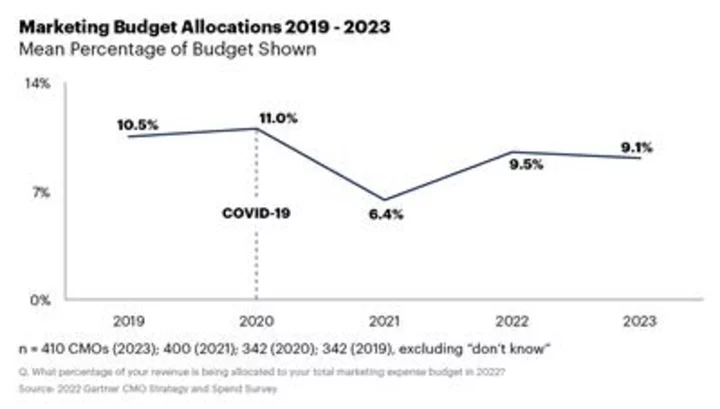
Gartner Survey Reveals 71% of CMOs Believe They Lack Sufficient Budget to Fully Execute Their Strategy in 2023
DENVER--(BUSINESS WIRE)--May 22, 2023--
2023-05-23 01:57

FourKites Named a Leader in the 2023 Gartner® Magic Quadrant™ for Third Consecutive Year
AMSTERDAM--(BUSINESS WIRE)--May 22, 2023--
2023-05-23 00:59

Intel’s Broad, Open HPC+AI Portfolio Powers Performance, Generative AI for Science
HAMBURG, Germany--(BUSINESS WIRE)--May 22, 2023--
2023-05-23 00:49

New SpaceX flight just made history thanks to its passengers
SpaceX's second private flight just made history by sending Saudi Arabia's first female astronaut towards the International Space Station. The SpaceX Falcon rocket launched from NASA's Kennedy Space Centre on Sunday night, and the astronaut and the other three passengers are expected to reach the space station in their capsule on Monday, where they will hang out for just over a week. Saudi Arabia's first astronauts in decades are stem cell researcher Rayyanah Barnawi, and Royal Saudi Air Force fighter pilot Ali al Qarni. "This is a dream come true for everyone," Barnawi said before the flight. Sign up to our free Indy100 weekly newsletter "Just being able to understand that this is possible - if me and Ali can do it, then they can do it, too." The journey was organised by Houston-based Axiom Space and the crew was led by Peggy Whitson, a former NASA astronaut who holds the US record for the most accumulated time in space - 665 days and counting. The company would not reveal how much the latest tickets cost, but previously cited per-seat prices of $55m (£44m). Have your say in our news democracy. Click the upvote icon at the top of the page to help raise this article through the indy100 rankings.
2023-05-23 00:26

Mexcian girl who was bullied at school has a higher IQ than Einstein and Stephen Hawking
A young girl who was bullied for being autistic may have a higher IQ than Stephen Hawking or Albert Einstein. Adhara Maite Pérez Sánchez, an 11-year-old from Tláhuac, Mexico, is being described as a prodigy by many after recently graduating with a degree in Systems Engineering. She is now going on to study industrial engineering. The extraordinary girl has a passion for astronomy and space, expressing the dream to become the first Mexican woman to travel to space as an astronaut and has given talks about her interest and knowledge of aerospace. She intends to become an astronaut at NASA, and is currently taking courses in astronomy and gravitational waves at the National Autonomous University of Mexico (UNAM), which is widely regarded as a top research university. Sign up to our free Indy100 weekly newsletter Adhara has also had her achievements recognised in 2021 by the Senate of the Republic, as well as being declared one of Mexico’s 100 most influential women, and appearing on the cover Marie Claire Mexico. However, life hasn’t always been easy for Adhara, who struggled with being bullied by her classmates. Often labelled as a ‘weirdo’ for her autism. Adhara was diagnosed with Asperger’s at 3 years old, but has succeeded greatly with it. Recently she has begun developing a bracelet designed to monitor the emotions of children such as herself in order to improve their communication skills. But she hasn’t let the negativity bring her down. Determined to succeed and achieve her goals in spite of what others say about her. Her inspirations include late physicist, Stephen Hawking, and Carmen Félix, a Mexican engineer currently developing a plan to launch a manned mission to Mars. Have your say in our news democracy. Click the upvote icon at the top of the page to help raise this article through the indy100 rankings.
2023-05-23 00:25

Vertech Partners With CESMII To Expand Their Strategic Focus on Smart Manufacturing
LOS ANGELES--(BUSINESS WIRE)--May 22, 2023--
2023-05-23 00:21

Brains of three suspected zombies scanned in Haiti
Researchers in Haiti once scanned the brains of three people believed to be long-deceased individuals returning from the dead - or zombies. In a study published in 1997, researchers investigated three such cases, using electroencephalography and DNA testing techniques to try and find a rational explanation for a Haitian Voodoo theory that the spirits of the dead can be captured by sorcerers called bokors, who use these souls to reanimate fresh corpses into zombies who walk around rural areas. One case involved a woman who had died aged 30 and was spotted three years later by family members who recognised her because of a distinctive facial mark. A local court then authorised the opening of the woman’s grave, revealing it to be full of rocks. Describing the 'zombie', the study authors explained that “she kept her head in a lowered position, and walked extremely slowly and stiffly, barely moving her arms.” She was also unable to communicate “but would occasionally murmur some incomprehensible but stereotyped words.” But the scan showed her “electroencephalogram and central nervous system examination were unremarkable” and said she may have had catatonic schizophrenia, but couldn't explain how she came back from the dead. Sign up to our free Indy100 weekly newsletter They proposed that the woman might not have died at all, but may instead have been poisoned by a “neuromuscular toxin” to induce catalepsy and trick relatives into thinking she was dead. A lack of oxygen within the grave may have resulted in brain damage, thus explaining her zombie-like state when she was taken out of the grave. Next, the study described a 26-year-old man who was seen at a local cockfight 19 months after being buried. The man’s uncle was subsequently found guilty of using sorcery to zombify the man, who was then kept chained to a log at his parents’ house. But clinical examinations found nothing weird and the man was diagnosed with “organic brain syndrome and epilepsy.” And DNA testing revealed that he was not even the man who had died shortly beforehand. In a similar case, a 31-year-old woman was identified as a villager who had been dead for 13 years. Once again, however, a medical examination revealed that she was a normal human while genetic analyses showed that she was not the dead individual after all. The study authors concluded that “mistaken identification of a wandering, mentally ill, stranger by bereaved relatives is the most likely explanation.” Have your say in our news democracy. Click the upvote icon at the top of the page to help raise this article through the indy100 rankings.
2023-05-23 00:15
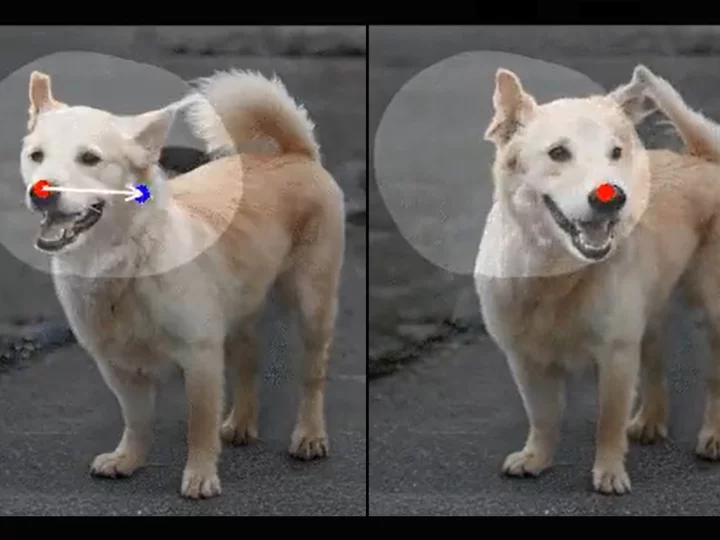
‘RIP photoshop’: New AI can alter any photo with the click of a mouse
New AI tools that use generative artificial intelligence to manipulate photos have rendered traditional editing tools like PhotoShop obsolete, according to experts. One recently unveiled product called DragGAN allows users to radically alter pictures – from facial expressions to the layout of a landscape – with no prior editing experience. Developed by researchers at Google and the Max Planck Institute of Informatics, DragGAN works through a system that uses multiple points that users can “drag” to create different effects without compromising the image’s realism. “RIP Photoshop,” wrote tech entrepreneur and AI commentator Lorenzo Green. “In just a few clicks, you’ll be able to edit any image exactly the way you want... The applications are endless.” Examples of applications include changing the position of the Sun in the sky, altering the size and setting of a vehicle and editing an animal’s head to change its expression and shape. A research paper detailing the technology explained how the approach can “hallucinate occluded content, like the teeth inside a lion’s mouth”, while also deforming an object’s rigidity, like the bending of a horse’s leg. “Through DragGAN, anyone can deform an image with precise control over where pixels go, thus manipulating the pose, shape, expression, and layout of diverse categories such as animals, cars, humans, landscapes, etc.,” the paper stated. Other features recently launched by generative AI companies include Stability AI’s upscaler that allows users to quadruple the resolution of an image without compromising the sharpness of the original. “Since the emergence of digital imagery, it has been nearly impossible to expand small images into larger ones without compromising the quality of the image,” the company wrote in a recent blog post detailing the advance. “Upscaling adds to popular tools by expanding small images into larger ones while maintaining – or even improving – their level of detail.” While these tools currently go beyond what Adobe’s Photoshop is capable of, the photo editing giant announced earlier this year that it is working on generative AI models. Collectively dubbed Firefly, the next-generation features will allow creators to create images, audio, video, illustrations and 3D models with simple text inputs. “Generative AI is the next evolution of AI-driven creativity and productivity, transforming the conversation between creator and computer into something more natural, intuitive and powerful,” David Wadhwani, president of Adobe’s Digital Media Business, said in March. He added that the tools would help customers by “increasing productivity and creative confidence... from high-end creative professionals to the long tail of the creator economy.” Read More 10 ways AI will change the world – from curing cancer to wiping out humanity WhatsApp will let people change messages after they are sent New Twitter boss says ‘game on’ over Instagram clone rumours Meta hit with record €1.2 billion fine
2023-05-22 23:15
You Might Like...

Hytera Releases Ruggedized Push-to-talk Smartphone

RAZ Mobility Launches Accessible and Innovative Smartphone for People Who Are Blind or Visually Impaired

Apple MacBook Pro: New laptops revealed with new chips – and new colour
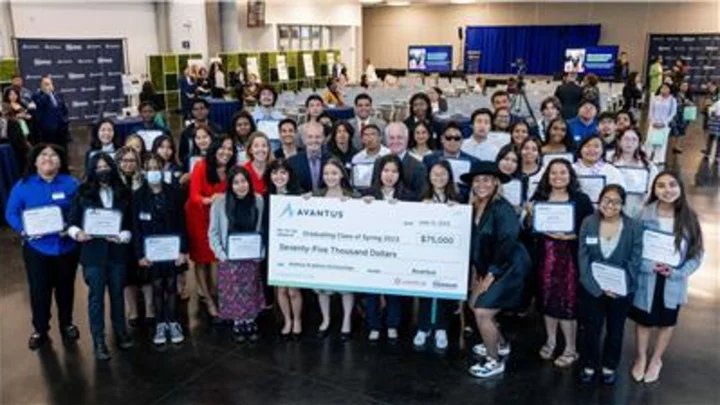
LA Leaders Celebrate First Graduating Class of the Avantus Cleantech Career Academy

US consumer watchdog proposes rules for Big Tech payments, digital wallets
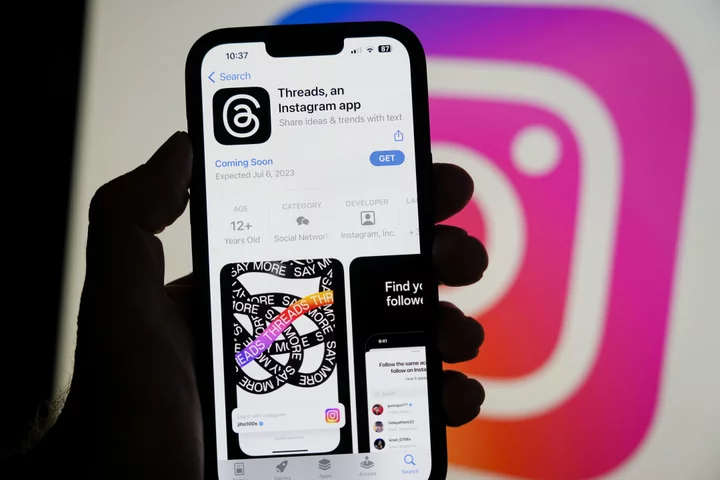
Instagram Unveils Threads App, a Threat to Musk’s Twitter

Alicia Kao, Managing Director of KuCoin: Self-Regulation Will Bring Sustainable Development
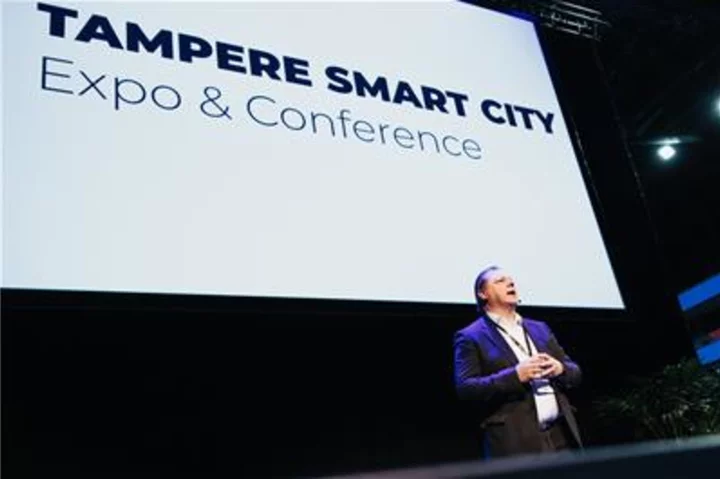
Tampere City in Finland Takes the First Steps to Become a Leading Human-Centric Metaverse City
